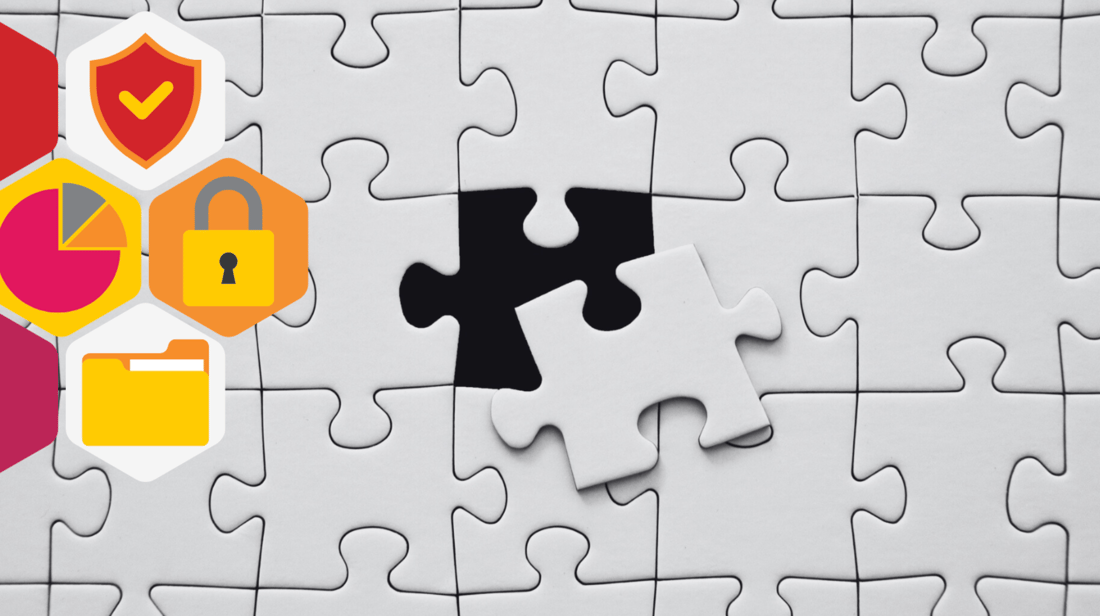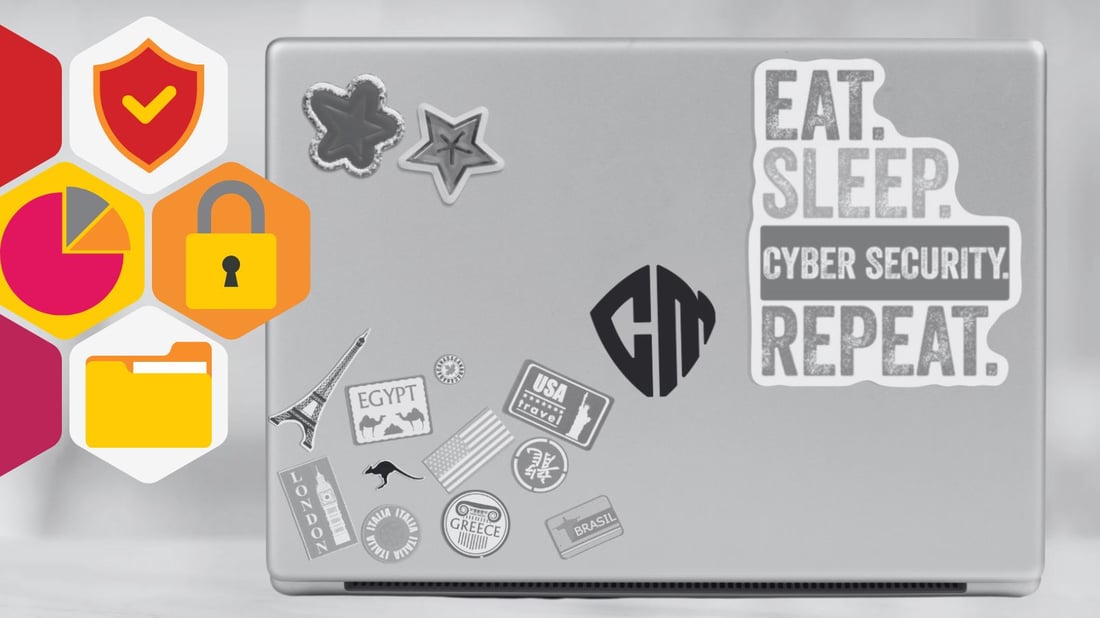The Remote Work Revolution: Navigating Security in a Changing Landscape
The outbreak of COVID-19 reshaped the world in ways we could scarcely have imagined. Beyond its obvious health and social impacts, the pandemic...
Does cybersecurity have anything to do with corporate wellness? Absolutely. Stress and burnout aren’t just personal challenges—they’re security risks. Studies show that stressed employees are more likely to make mistakes, such as clicking on phishing links, reusing passwords, or bypassing security protocols for the sake of convenience. Resilient, confident employees, on the other hand, are critical to maintaining a secure organization.
Did you Know? A 2024 survey revealed that 66% of cybersecurity professionals report higher stress levels compared to five years ago, with 38% of companies experiencing more cyberattacks. (ISACA)
Impact on Safety: Research indicates that 80% of nurses feel that job stress affects their safety, and 59% admit that workplace pressure leads them to take unsafe shortcuts. To us, that has direct links to what we are facing in cybersecurity as well. (BLR)
Stress affects decision-making, focus, and reaction times.
Scientific research has established a clear link between stress and impaired decision-making. Chronic stress can shift individuals from flexible, goal-directed decision-making to more rigid, habit-based responses, reducing adaptability in complex situations. (Frontiers)
Additionally, acute stress has been shown to decrease activity in the prefrontal cortex—the brain region responsible for executive functions—thereby impairing working memory and the ability to make informed decisions.
When employees are overwhelmed by workplace changes, cybersecurity shifts, or external factors in the wider world, their ability to spot threats diminishes. Stress-related risky behaviors include:
Building resilience isn’t just about wellness—it’s about equipping employees to stay vigilant and motivated, even under pressure. And that's tough for any human being.

Cybersecurity and wellness are deeply connected. Stress and burnout aren’t just productivity issues—they’re vulnerabilities.
By addressing the root causes of stress, partnering with HR on wellness initiatives, and creating a supportive, confidence-boosting culture, you can build a workforce that is not only resilient but also secure.
Your people are your greatest asset—investing in their well-being isn’t just the right thing to do; it’s a strategic move for a safer organization.

The outbreak of COVID-19 reshaped the world in ways we could scarcely have imagined. Beyond its obvious health and social impacts, the pandemic...
6 min read

Explore how a robust security culture can fortify your organization against cyber threats and foster resilience.
3 min read

When it comes to human risk, many security teams are caught in a trap they can’t name.
4 min read
Subscribe to our newsletters for the latest news and insights.
Stay updated with best practices to enhance your workforce.
Get the latest on strategic risk for Executives and Managers.
